Professional septic tank pumping that keeps your system running smoothly and your property protected from costly failures.
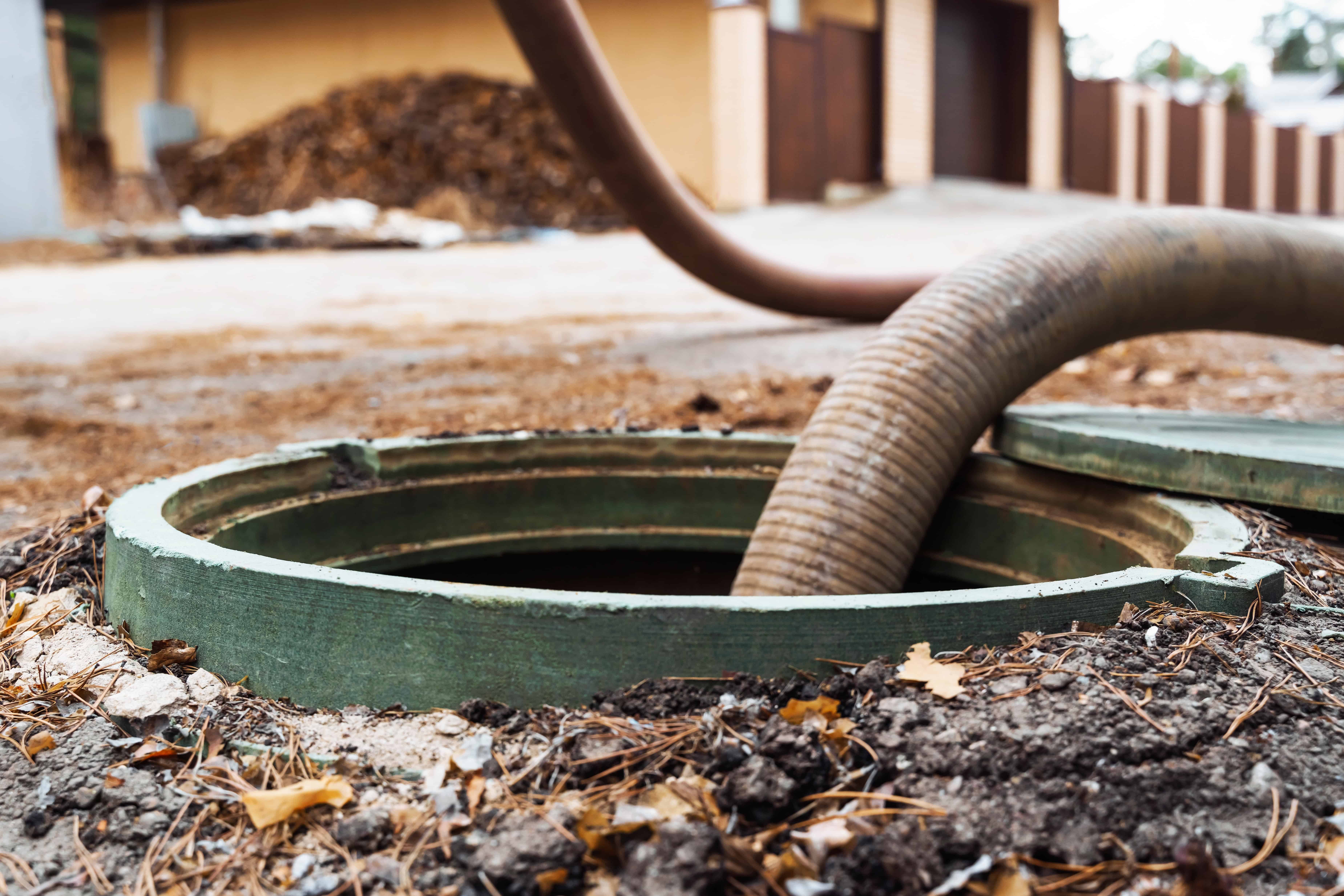
Hear from Our Customers
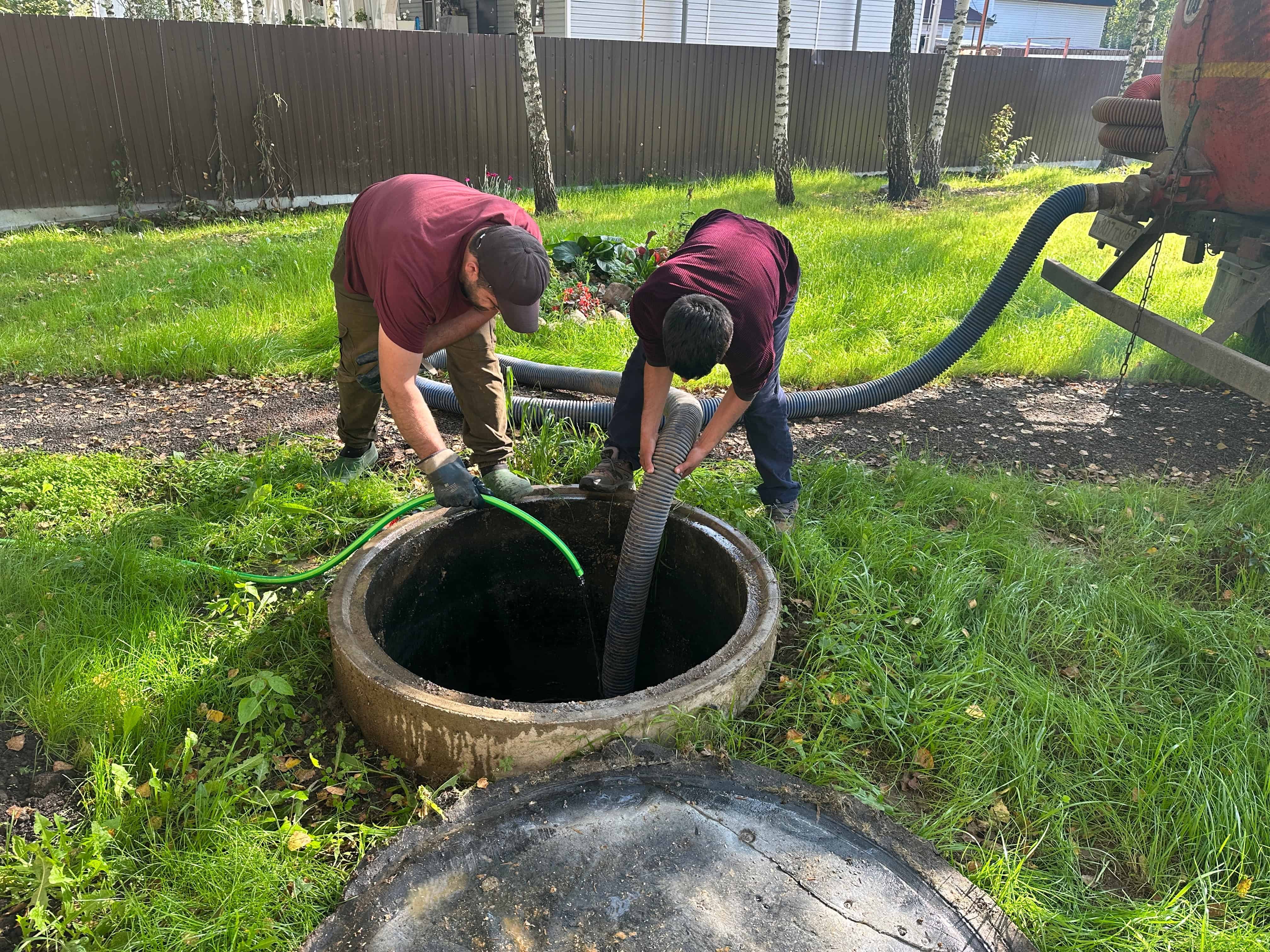
Your septic tank fills up with solid waste over time. When it’s not pumped regularly, those solids overflow into your drain field, clogging the soil and backing sewage into your home.
Regular septic tank pumping removes accumulated sludge before it causes problems. You avoid the smell of sewage in your yard, the mess of backups in your basement, and the expense of emergency repairs.
Most Central Islip homes need pumping every 3-5 years, depending on household size and usage. Clay soil conditions in our area can affect how well your system processes waste, making consistent maintenance even more important for preventing failures.
We’ve been handling septic tank pumping and cesspool services throughout Long Island for years. We understand how local soil conditions affect your system’s performance and what maintenance schedule works best for Central Islip properties.
Our team uses professional-grade vacuum trucks and follows proper disposal procedures. We’re licensed, insured, and familiar with Suffolk County health department requirements.
You get straight answers about your system’s condition, fair pricing, and service that protects your property from damage during the pumping process.
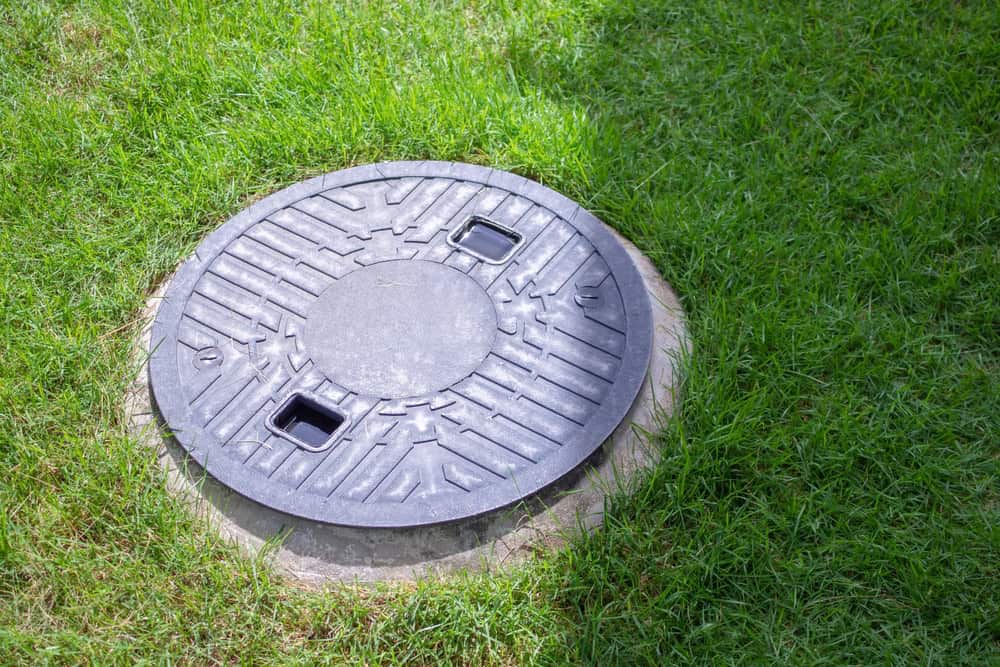
First, we locate and uncover your septic tank access ports. Our vacuum truck connects to the tank through these openings, and we pump out all liquid and solid waste.
We inspect the tank interior for cracks, damaged baffles, or other issues that could cause future problems. The waste gets transported to an approved treatment facility for proper disposal.
Before we leave, we check that your tank is structurally sound and note the sludge level to help determine your next pumping schedule. The whole process typically takes 30-45 minutes, and we clean up the work area completely.
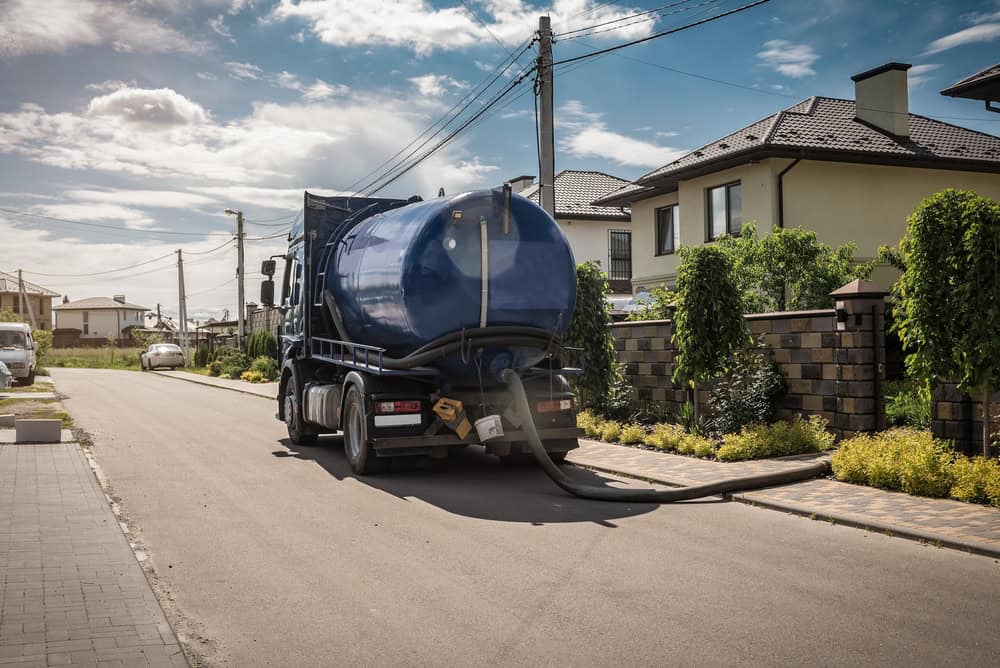
Ready to get started?
Our septic tank pumping service includes complete waste removal, tank inspection, and disposal at licensed facilities. We don’t just pump and leave – we check for potential problems that could cost you money later.
Central Islip’s clay soil can be tough on septic systems, causing slower percolation and more frequent maintenance needs. We account for these local conditions when recommending your pumping schedule.
You also get a clear explanation of your system’s condition and practical advice about maintaining it between services. No sales pressure for unnecessary repairs – just honest assessment of what your septic system actually needs.
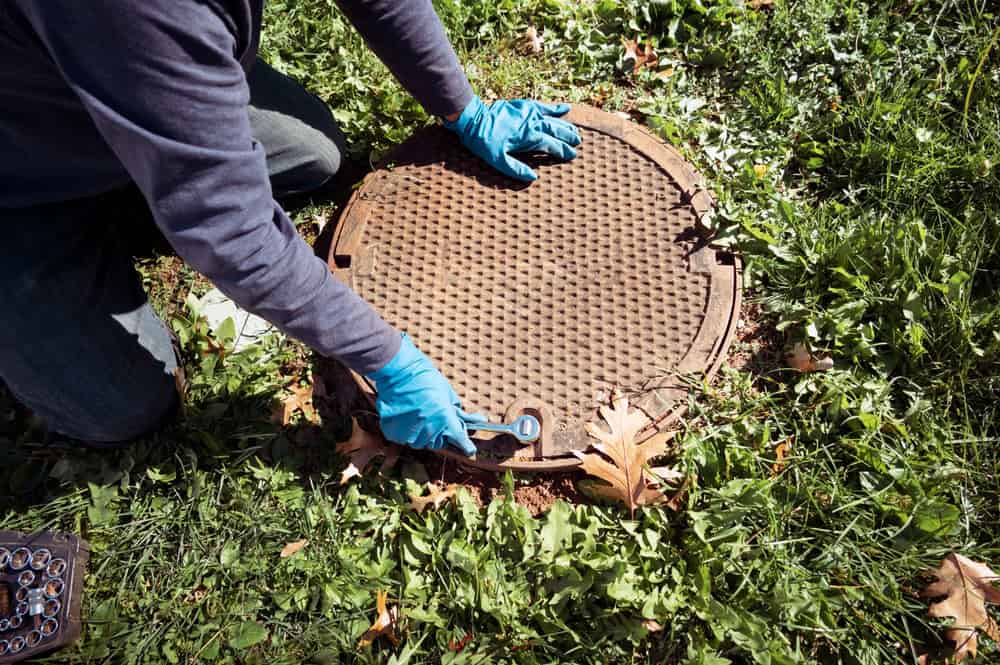
Don’t let cesspool issues disrupt your day. Reach out now for a free estimate and expert service.
©2025 Quality Cesspool All Rights Reserved. SEO Company NYC – Web Design & SEO by Hozio